Tendulkar in tiger country: Sachin’s Kaziranga visit sparks conservation spirit and celebrates Assam’s sporting grit

Cricket legend Sachin Tendulkar brought a wave of excitement and purpose to Assam with his visit to Kaziranga National Park and Tiger Reserve on Tuesday. His presence wasn’t just a moment of celebrity charm — it turned the spotlight on the pressing need for wildlife conservation and the rising wave of sporting talent emerging from the region.
Kaziranga, a UNESCO World Heritage Site, is India’s pride when it comes to wildlife. Known for its massive population of the Greater one-horned rhinoceros, the park is also home to Bengal tigers, Asian elephants, wild water buffalo, and Eastern swamp deer — the “Big Five” of Kaziranga. As of the latest counts, the park shelters 2,613 rhinos, 104 tigers, 1,228 elephants, 2,565 wild buffalo, and 1,129 swamp deer. Its wetlands also play a crucial role in sustaining rare and migratory bird species, recognized under two Important Bird Areas (IBAs).
Tendulkar began his journey through the Western Range (Bagori), taking in the park’s raw beauty and learning first-hand about conservation efforts. At Dunga Camp, he met with the Van Durgas — an all-women frontline force who patrol and protect Kaziranga’s wildlife. His interaction was more than symbolic. It was a rare moment of recognition for these unsung heroes who risk their lives every day in the fight against poaching.
The journey continued through the Central Range (Kohora), where he climbed the Daflang Tower for sweeping views of the wetland habitat. During his afternoon safari, Tendulkar had a thrilling tiger sighting — a highlight of any wildlife trip, even for someone used to stadium roars.

He also visited the Karasin Anti-Poaching Camp and Pilkhana, where he engaged with forest staff, mahouts, and their elephants — essential members of Kaziranga’s patrolling operations. The visit was a morale booster for these dedicated teams, whose daily efforts often go unnoticed.
While conservation was the core theme, Tendulkar didn’t miss a beat in acknowledging Assam’s sports culture — especially the rise of women athletes from the region. Golaghat district, close to Kaziranga, has become a cradle of talent. Uma Chetry from Kandulimari village made history as the first Assamese cricketer selected for the Indian women’s national team. She now stands alongside Jintimani Kalita from Mangaldai as a beacon for young athletes across the Northeast.
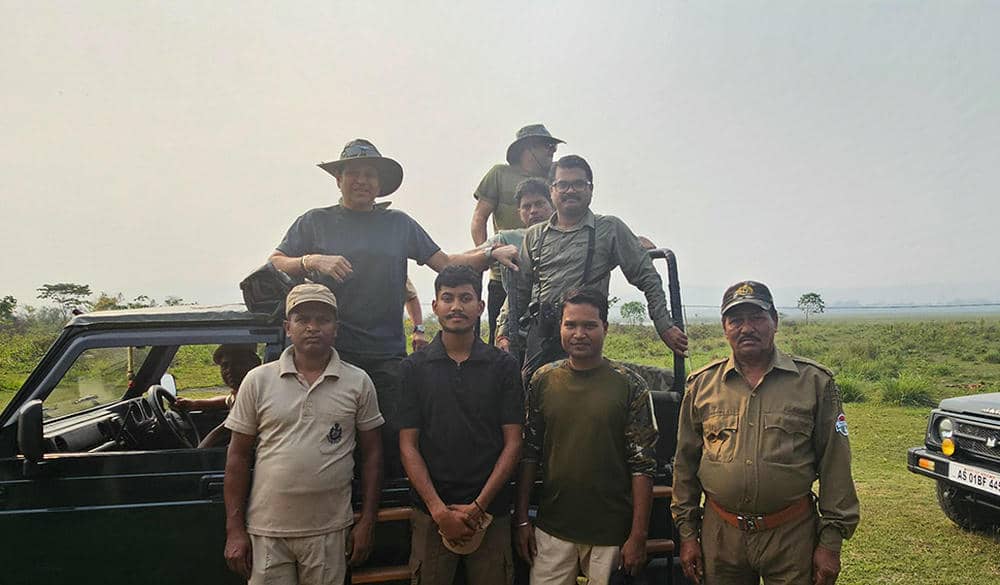
The region is also home to Olympic boxer Lovlina Buragohain and Nikhamoni Bora, Assam’s first certified female sailor — both symbols of resilience and ambition.
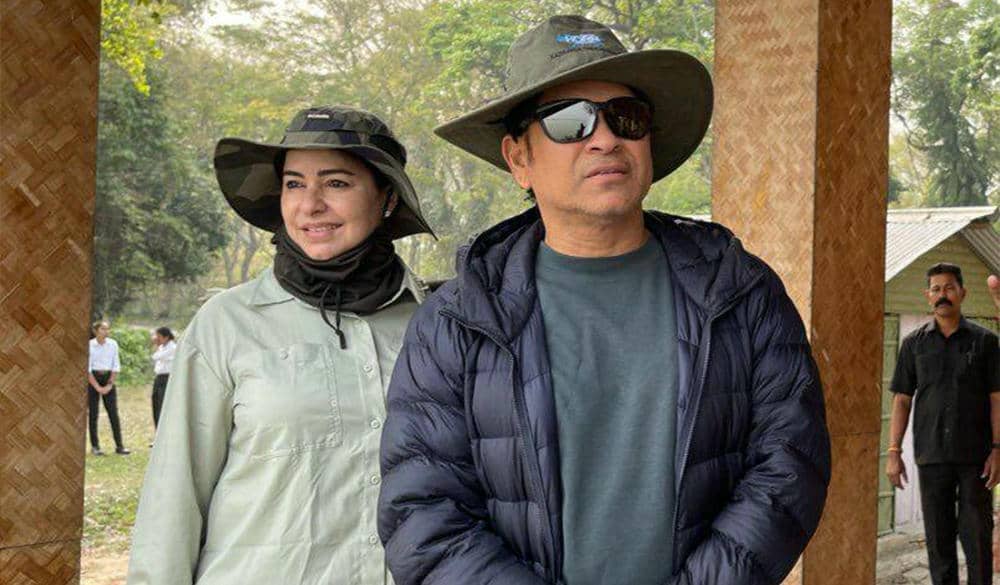
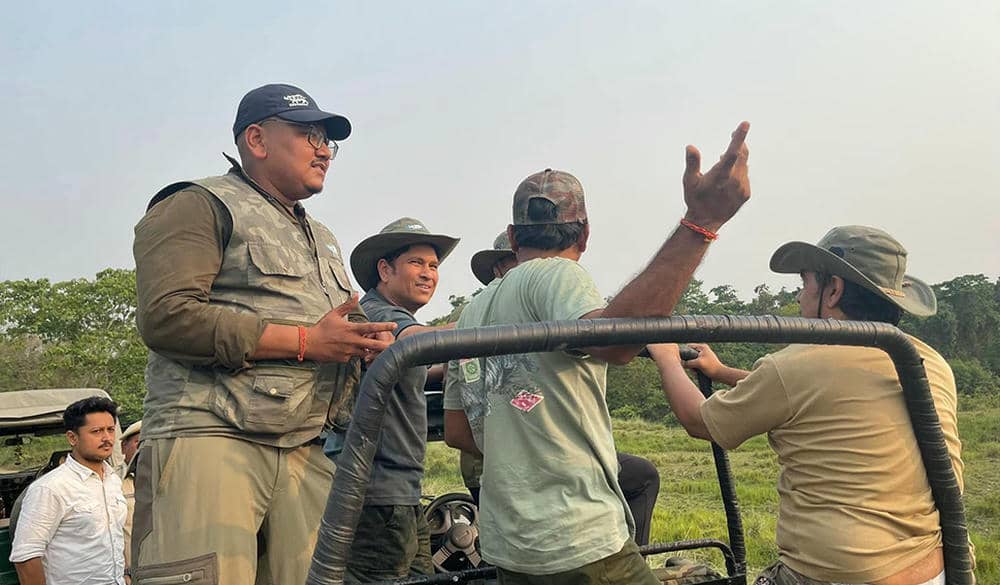
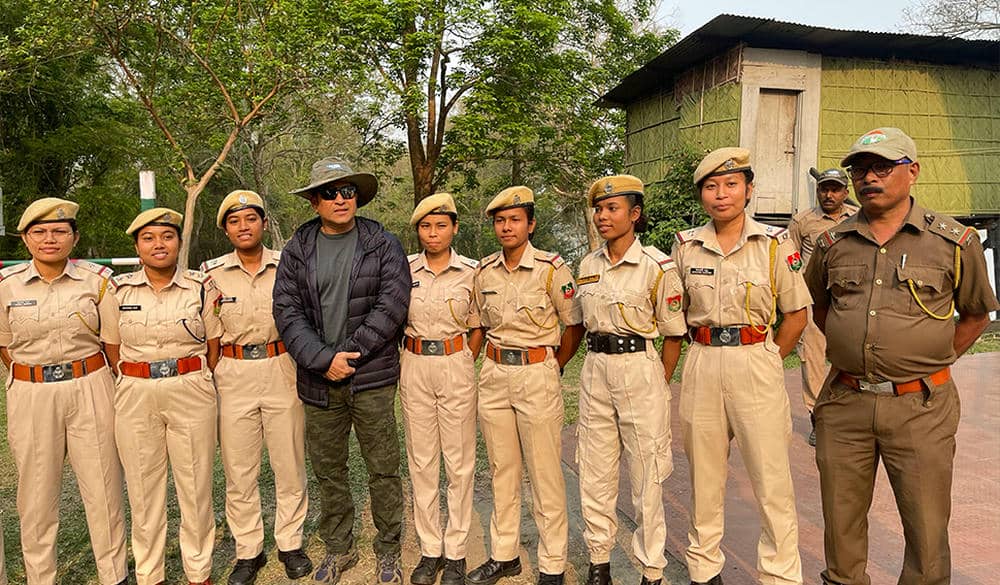
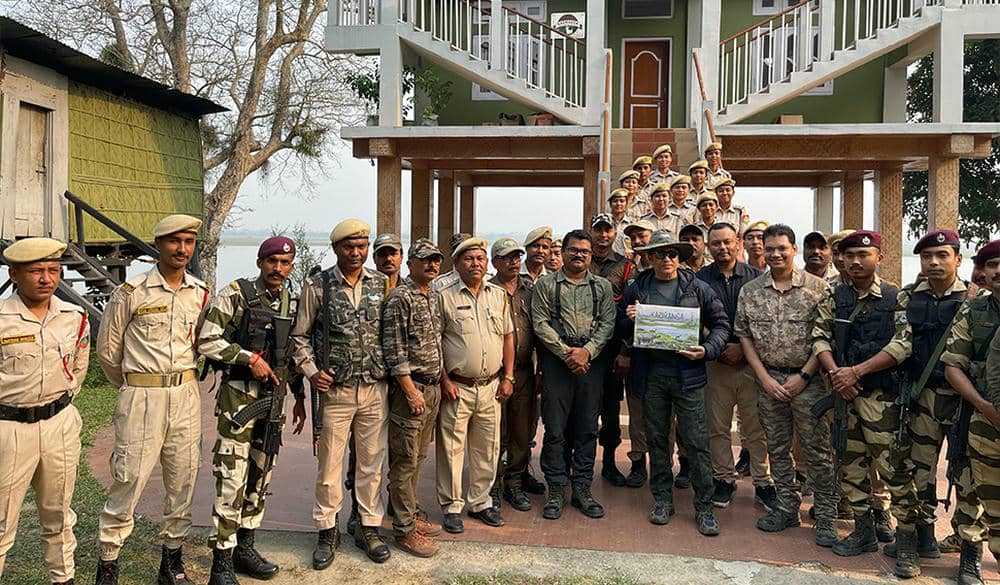
Tendulkar’s visit wasn’t just a trip into the wild — it was a statement. A message that India’s ecological treasures and its young, determined talent both deserve care, investment, and recognition. His presence bridged two vital stories — the fight to protect nature and the rise of grassroots sports. And in doing so, he reminded everyone watching that greatness comes not just from stadiums, but from forests, fields, and the quiet grit of everyday heroes.
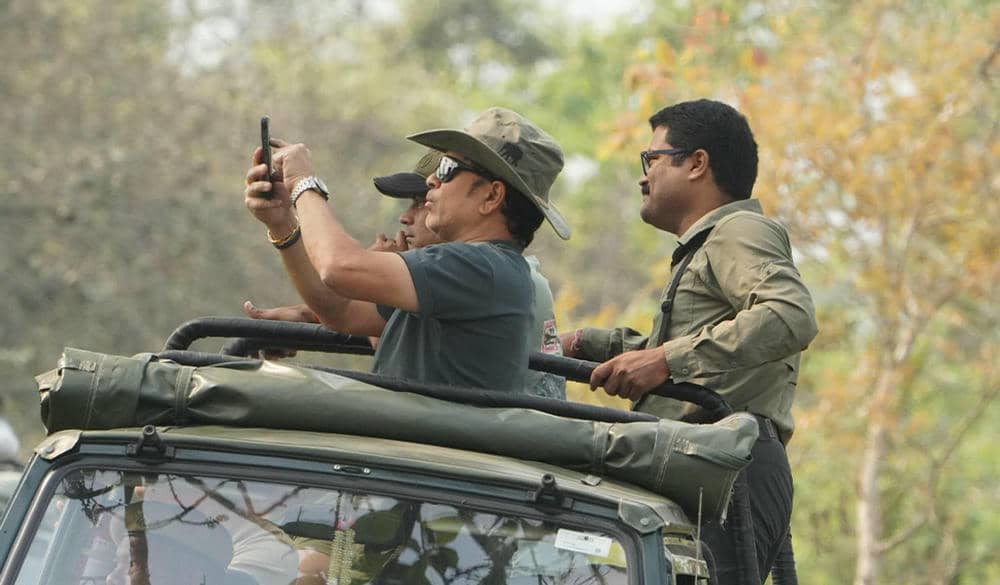
Without nature,flora and fonna humans cannot survive on this earth.Human body fuel comes from plants,trees and vegetables.Apart mother earth is beautiful because she is endowed with green nature .We must respect nature,flora and fonna.